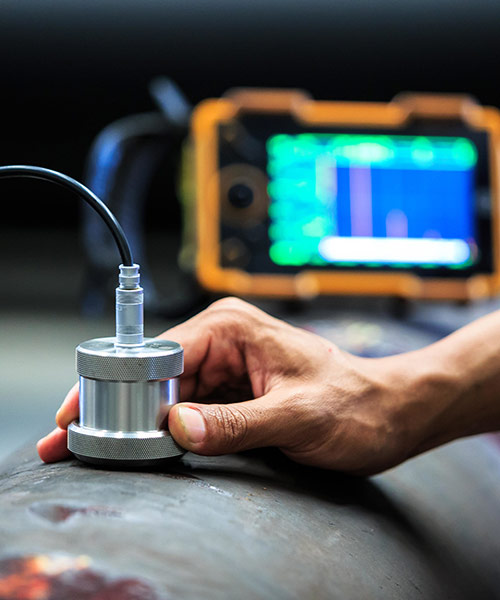TRI Austin has a method for generating 3D digital models of aircraft components and structures by piggybacking on data from commonly used in-service depot inspections. Modern cost saving programs, such as Condition Based Maintenance Plus (CBM+) and High Velocity Maintenance (HVM), developed and implemented throughout the Air Force, rely on digital data flows and analyses. Unfortunately, older mission critical aircraft, such as the B-52 and C-130, were designed before the advent of the digital era. TRI Austin, using its NDI modeling and experimental expertise, developed techniques, algorithms, and software to generate digital 3D models of aircraft parts using data from one-sided inspection techniques. Unlike previous methods for reverse engineering aircraft parts to generate 3D models, which require their removal from the aircraft, these one-sided inspections techniques do not and can be performed in tandem or in parallel with existing inspections performed in the depot environment. Data from multiple inspections and multiple inspection techniques are correlated to refine the digital models. Software with a simple interface displays all correlated data and 3D model renderings. The generated surface mesh is output in common file formats so that they may be used with other existing software packages.


